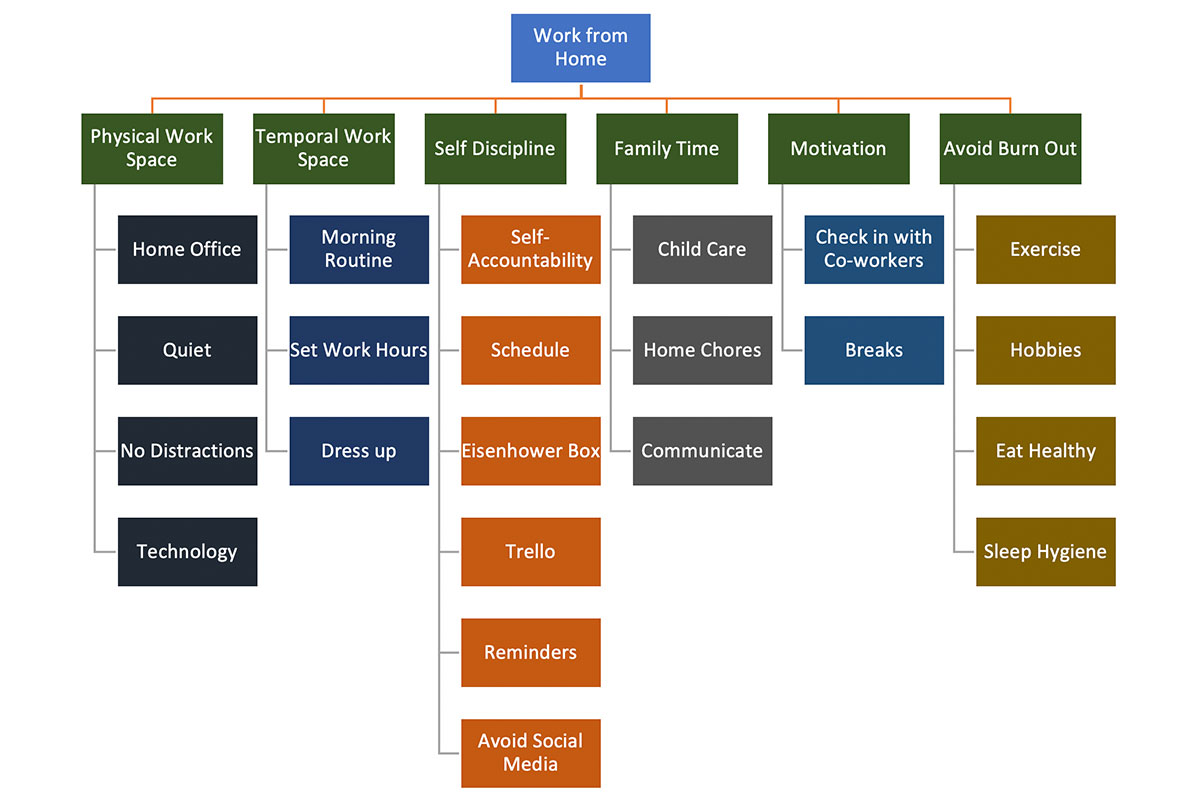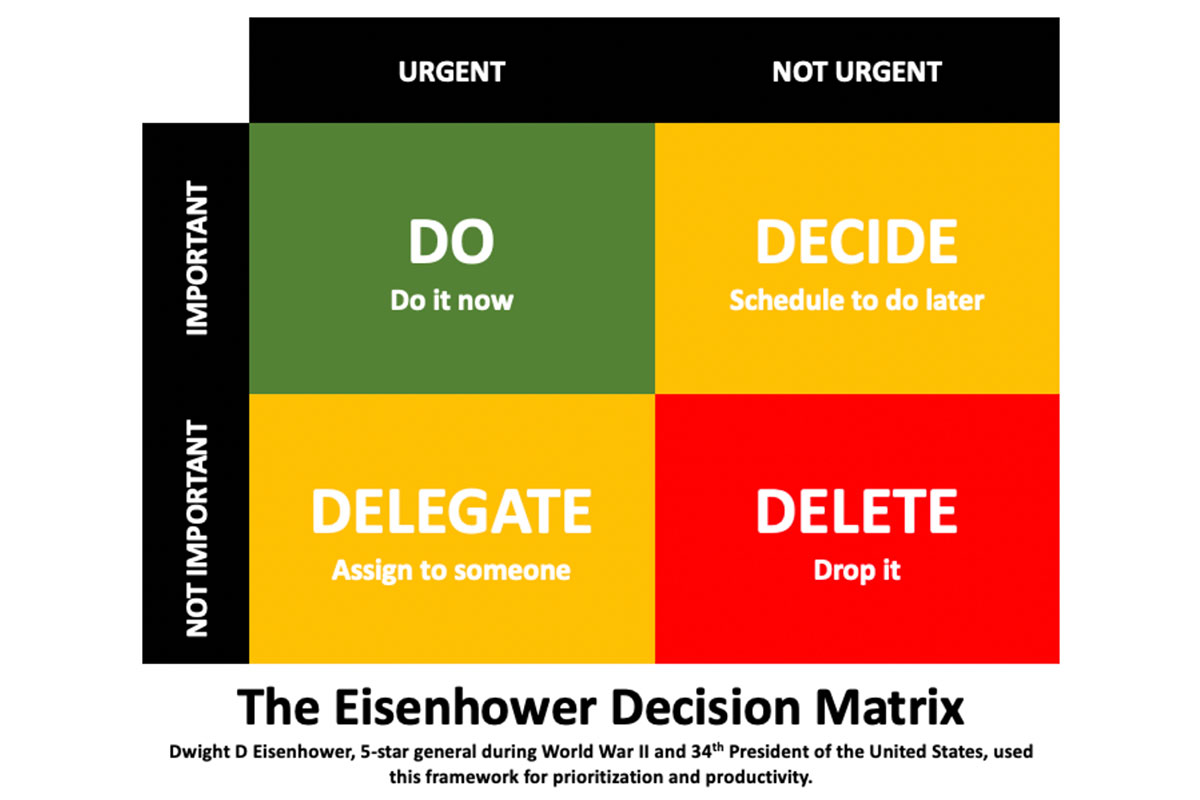Working From Home: Turning Challenge Into Opportunity

The COVID-19 pandemic has forced an increasing number of physicians to work from home and maintain social distancing. It is anticipated that even when we return to our normal routine, telemedicine will continue to have a major and ever-expanding role. Therefore, we need to adapt to the concept of working from home.
Moreover, it is important to stay positive and use this time to contribute to science and society.
In this article, I share some tips that will enable us to better adapt to this challenge (Figure 1).
Figure 1: The Challenges and Solutions of Working From Home


Physical Workspace

The easiest way to designate a boundary between work life and home life is to put a physical barrier in the form of a designated workspace.
Ideally, a "home-office" should be a separate room where you can concentrate without external distractions.
The idea of a separate home office may not be possible for some of us who live in apartments with their families. In such cases, the workspace can even be a corner of any room that feels separate from the rest of the apartment as much as possible.
Compartmentalizing is a fundamental concept – entering this workspace should turn on your professional life and exiting should turn it off.
Other essential ingredients include a comfortable chair; good natural lighting; noise-canceling headphones; computer; high-speed internet; and software for patient care, research and telehealth.

Temporal Workspace

It is important to create a schedule and then stick to it. Having set work hours not only helps with productivity but also ensures work-life balance. A set of morning rituals if done consistently can help us stick to this schedule.
We all have our preferences for a morning routine, some start with exercise, others with meditation or morning coffee. These rituals remind us subconsciously that it is time to work.
Whatever works best for you, keep doing it to help start your day and stick to your temporal workspace.
Simply getting dressed as if we were going to the office can help us stay on track, and for those who have work-related video conferences or telehealth patient visits, this becomes necessary.

Self-Discipline

At home, our time and productivity are not closely monitored and one of the major challenges we face is lack of self-discipline. It is advisable to track our productivity and be self-accountable, as this feedback can enhance our performance.
Writing important goals in the form of a checklist helps you stay accountable. Using decision-making tools like the "Eisenhower Box" can enhance our productivity (Figure 2).
It is also a good idea to limit notifications from social media platforms during work hours by using various apps. This will not only limit distractions but will also increase productivity.
Setting alarms helps you keep track of time, as it is easy to lose track of it when working from home. Some useful apps for ensuring self-discipline and effective teamwork include Trello, Reminders and iCal.
Figure 2: The Eisenhower Decision Matrix


Family Time

For people with families, perhaps the biggest challenge in working from home is managing the responsibilities and expectations of family. Since schools and daycares are closed, most of us with families have childcare responsibilities.
We can modify our schedules to allow time for these responsibilities and try to ensure that our work hours are protected and free of distraction.
Realistically, it is extremely challenging to tackle childcare and full-time work from home simultaneously, and this limitation should be acknowledged and discussed with our supervisors when setting up our "work hours" and taking on additional work responsibilities.
Communication with a supportive spouse to find the best way to share this responsibility can help. The extra time that is gained from not having to commute to and from work can be used.
It is important to manage expectations and set some ground rules with your family members.

Motivation/Morale

It is important to maintain interactions with colleagues from work to ensure a culture of support that can reduce the feeling of isolation and anxiety.
Consider setting up some time to connect with them, share stories, ask about their family and frequently "check-in" with them.
Communication with your mentors and friends can help you avoid burnout. Taking scheduled breaks during work also helps to alleviate work-related stress.

Avoid Burn-out

For many, it is difficult to realize that while working from home, one still needs time off to relax.
Working from home is still work!
During the day, take some time off to do something fun. Some would use this time to catch up on their favorite TV show or watch a movie with the family.
Stretching and exercising releases endorphins and helps maintain good posture and a feeling of well-being. You can also choose to spend time on your hobbies, like reading, cooking, gardening, etc.
Take this opportunity to incorporate healthy homemade food into your routine. Choose healthy snacks for your breaks. Experiment with recipes and make mealtime a fun way to spend with your family.
Last but not the least, try getting fresh air. Going out for a walk can help clear your mind after staying indoors throughout the days.

